Bear hunting is a physically demanding activity, especially removing a harvested bear from the woods. Pre-hunt planning is very important to a successful and rewarding bear hunting experience.
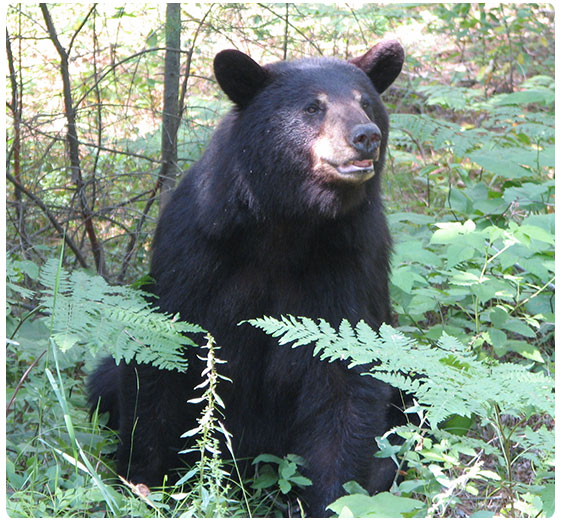
Prehunt Planning
Long before harvesting a bear, the hunter must decide how the meat will be processed and how the hide will be used. Hunters should arrange to have help available for all aspects of handling a harvested bear and have plans made ahead of time to ensure that the meat and hide are properly processed.
Bears have a tremendous amount of fat and a thick hide that provide great insulation. Both the meat and the hide can spoil quickly especially at temperatures above freezing. A dead bear can be large and cumbersome. Skinning, processing and transporting a bear are difficult tasks and may be impossible without assistance.
As a result, it is imperative that the hide be removed as soon as possible to prevent meat spoilage. In temperatures above freezing, if there is going to be a delay in getting your harvested bear to a cooler, you should consider quartering it to allow the heavier portions to cool more quickly. Before taking your bear out from the place it is killed, pack bags of ice in the body cavity or around the quarters. You may dismember the carcass to pack it out of the place of kill as long as all of the carcass parts are present at check in and the identity of the sex is not destroyed.
Know Your Capabilities
To help ensure the future of bear hunting, and all hunting, it is incredibly important to instill respect for the outdoors and acceptable hunting ethics for all hunters. Making a clean kill as humanely as possible is a fundamental component of ethical hunting. Incorrect shot placement on a black bear can lead to unnecessary suffering, wounding, and failure to retrieve the animal.
Making a clean kill should be the top priority for hunters who decide to shoot a bear. An animal that is harvested humanely shows more character in a hunter than just a lucky shot. Especially if you are taking a youth or apprentice hunter bear hunting, help it be a positive experience by emphasizing ethics and making a clean kill.
To be ethical, all hunters need to be proficient with their firearm or bow, understand their personal effective range, and have an understanding of basic bear anatomy for shot placement. This will help lead to a quick and effective kill and minimize the chance for wounding the bear.
Avoid Shooting a Bear with Cubs - Tips for Identifying Sows with Cubs
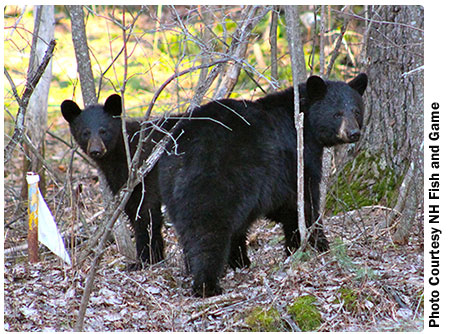
Black bear cubs are dependent on sows until they are approximately 16-18 months old. Cubs are born in January and forage, travel, and rest with their mother during their first fall. It isn’t until the following spring that they are ready to strike out on their own.
It is important that hunters take precautions to avoid harvesting sows accompanied by cubs. Follow these steps to increase the likelihood that you will correctly identify bear family groups:
- Be observant. Most adult female bears in Vermont weigh between 120 to 180 lbs. Cub sizes can vary widely by their first fall depending on food availability throughout the year, the fitness of the sow, and the number of cubs in a litter. Larger cubs can weigh over 50 lbs. and may appear almost as large as the sow while smaller cubs can be as little as 20 lbs. Be diligent to observe bears of this size class to determine if they are alone before harvesting.
- Be patient. Family groups may not always be within sight of each other, but members will be nearby. Take time to observe a bear to determine it is alone before harvesting. Select a shooting location that offers views of the surrounding area to increase the chance of observing potential cubs.
- When in doubt, don’t shoot.
Planning Your Shot
The following are some general tips to help ensure correct shot placement:
- Hunters must understand that bears are built differently than deer and other big game animals. The chest of a bear is compressed compared to that of a deer when looking at it from the side.
-
If you make a poor shot, a wounded bear can run for considerable distances before dying. Heavy bones, hides, and fat layers may prevent quick-clotting blood from dripping and leaving a good trail, making an injured bear hard to track.
-
Know your capabilities and know your shot!
-
A bear's most vital area is an 8" circle behind the front shoulder.
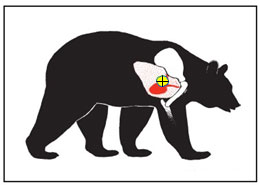
Best shot placement for gun or bow. -
The best shot opportunity is a broadside shot or "quartering away" for penetration into the vital organs.
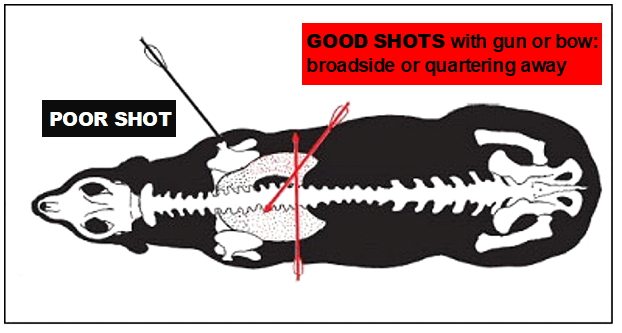
-
Shoulder and leg bones protect the heart and lungs when the near front leg is behind during stride. To take your shot, wait for the bear to step forward with the near side leg exposing the heart/lung area.
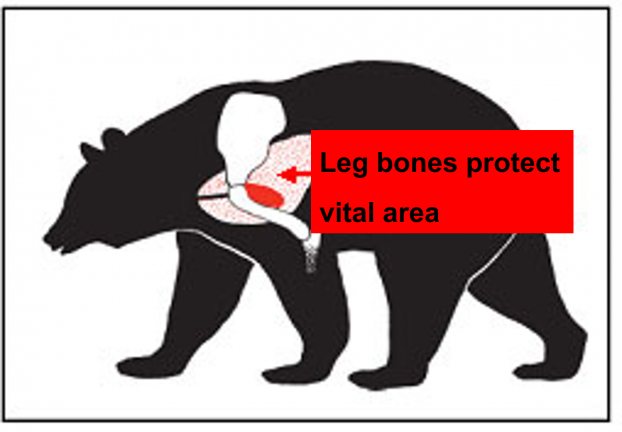
-
Shots directly in the shoulder bone are not recommended. Bears have massive, muscular shoulders and heavy bones. A hunter who shoots ahead of the front shoulder may miss or injure the animal.
-
A head shot is not recommended since a bear skull is very dense. The blunt, rounded shape can cause bullets or arrows to glance off or become lodged in the skull without penetrating.
-
Frontal shots or shots from directly overhead (like might occur from a tree stand) are not recommended because they offer little opportunity for penetration of the vital organs (especially with archery equipment).
- NEVER take a shot you are unsure of, at a bear that is not clearly visible, or one that is positioned in such a way that you cannot cleanly hit the vital area.
The National Bowhunter Education Foundation has created an excellent document called Advanced Black Bear Anatomy and Shot Placement Guide for both archery and firearm hunters (including muzzleloaders); the following photos have been adapted from the NBEF publication.
